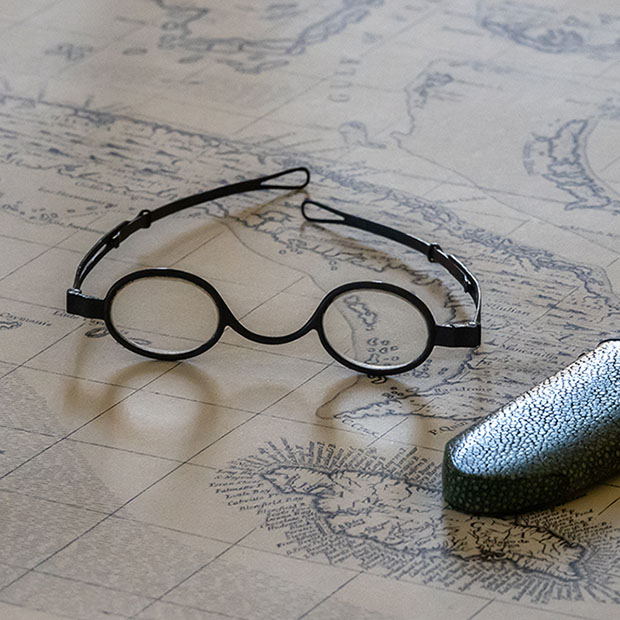The Many Steps to Modern Glasses

The history of glasses is a fascinating tale of innovation spanning over two millennia.
From ancient rudimentary aids to the sophisticated spectacles and contact lenses we use today, each development marks a significant leap forward in vision correction.
Ancient Beginnings and Roman Ingenuity
Records dating back to 60 AD show that the Romans were pioneers in enhancing visual clarity. The philosopher Seneca is noted for using a glass globe filled with water to magnify text, while Emperor Nero reportedly watched gladiator fights through a magnifying emerald. These early methods laid the groundwork for future advancements in corrective lenses.
Medieval Innovations: Monks and Reading Stones
By the 10th century, European monks, needing to focus on the intricate details of illuminated manuscripts, utilized polished, transparent quartz fashioned into domes known as “reading stones.” This innovation allowed them to see tiny details necessary for their elaborate calligraphy, significantly impacting the quality of their work.
The Introduction of Wearable Glasses
It wasn’t until the 13th century that the idea of mounting reading stones in frames to be worn became a reality. Although the true inventor of wearable glasses is debated, many credit Salvino D’armati of Florence with this transformative invention. However, the reliability of this attribution remains uncertain.
Democratization of Glasses
For centuries, spectacles were luxuries crafted from expensive materials like crystal, making them status symbols beyond the reach of the common man. However, the advent of the printing press in 1440 and the subsequent rise in literacy demanded more accessible reading aids. This need drove the production of glasses using less expensive glass, making them affordable for a broader audience.
Advancements in Functionality and Design
Despite becoming more affordable, eyeglasses were initially cumbersome, often requiring users to balance them on their noses or hold them by hand. The 1700s brought significant enhancements, including the addition of temples for a hands-free experience. Benjamin Franklin’s invention of bifocals and the introduction of hinges for folding frames further revolutionized their practicality.
Precision and Personalization
The 19th century saw a leap in tailoring glasses to correct individual refractive errors. Innovations included cylindrical lenses to address astigmatism and Herman Snellen’s introduction of the “big E” chart, standardizing vision testing and correction. These advancements made it possible to offer personalized vision solutions, significantly improving the effectiveness of eyeglasses.
Modern Eyeglasses and Contacts
Today, we benefit from centuries of progress with eyeglasses that not only correct our vision with precision but also reflect personal style through a variety of frames and lenses. The development of contact lenses offers an alternative for those seeking a different approach to vision correction.
Continual Innovations and Eye Care
It’s important to stay updated with your prescriptions to enjoy the full benefits of these historical advancements. If you notice any changes in your vision, it might be time for an update, and we are here to help you maintain optimal eyesight.
Reflecting on History
The journey of eyeglasses from simple magnifying aids to essential, stylish accessories is a testament to human ingenuity and the quest for better vision. Each invention along the way has played a crucial role in how we perceive and interact with the world.